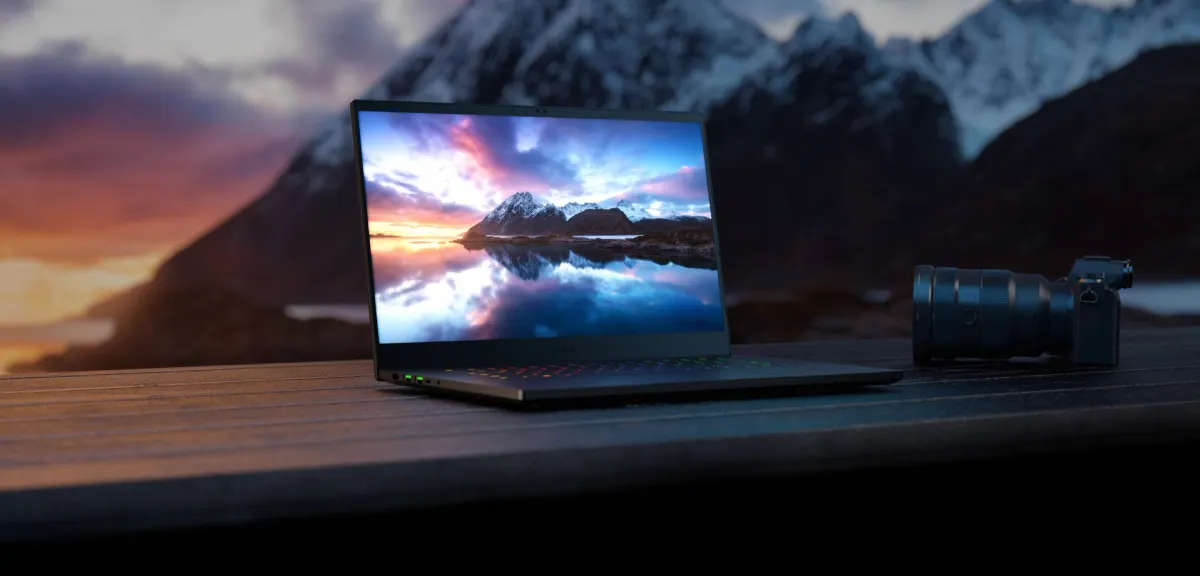If you’re the type who likes to take your PC gaming on the go, you’re certainly familiar with Razer. The company is known for its flashy products which often lead the market with world’s first implementations. This time, new display tech is on the menu. Razer announced that the Blade 15 will feature OLED display options, provided you’ve got the cash to pony up.
The Blade series is known for being ultra compact and ultra powerful. Razer packs the best tech into these little machines, and expects top dollar for it. In this case, OLED is on the menu, and it will set you back $3,500 USD to look and feel this good.
The display is on display
The 15.6″ OLED screen on the Blade 15 offers exceptional color quality and brightness for a laptop. The 240Hz framerate capability and 1ms peak response time is what sells it as a pure gamer offering though. You’ll not only get 400 nits of peak brightness and deep black tones for striking imagery, you’ll even be able to experience it at buttery smooth fps with sharp rendering.
OLED panels currently lead the market for image quality, and there’s really no comparison to traditional technologies like IPS LCD displays that are commonly found on most laptops. OLED tech simply makes things look better, and artists plus content creators are well aware of this fact. Such individuals will therefore be pleased to know the display achieves 100% DCI-P3 to ensure their work is color accurate and ready for mass audiences.
Interestingly, Razer didn’t disclose the OEM that makes the panels, but it sounds like a solid upgrade over traditional display regardless.
Tech spec talk
The Razer Blade 15 gaming laptop is far more than just a pretty OLED display, though. You’d expect nothing less than the best mobile components to pair with this machine, it does not disappoint. The planned specs for this premium unit consist of a 14-core Intel 12900H CPU, an Nvidia RTX 3070 Ti (mobile variant), 32GB of DDR5, PCIe 4.0 NVMe SSD options, Windows 11, and plenty of modern ports for connecting the Blade to other devices.
Unfortunately, Razer wasn’t able to provide specifics at this time, but it sounds like an impressive performer. The only thing we caution is that users likely won’t be able to achieve 240Hz at 1440p in just any game, but this is powerful tech nonetheless.
Of equal importance, Razer has now upped the ante for the competition. OLED panels are pricey and still could benefit from a few more years of improvements, but it’s exciting to see companies forge ahead to better tech. The downside is that we’ll have to wait until Q4 for the Razer Blade 15 OLED to hit the market, and next-gen CPUs and GPUs are expected to arrive to desktop sometime this year as well.
The quality OLED visuals might still be worth it to you though, because you’ll likely have to wait much longer for the successor to this cutting-edge design.







Published: May 5, 2022 10:00 am